In the fashion industry, over 60% of fibers are derived from oil-based sources. When production is unchecked and unsustainable, it can significantly burden natural resources. Similarly, natural fibers such as conventional cotton—the second most widely used textile fiber—rely heavily on agrochemicals and are water-intensive, according to a recent study.
When waste becomes raw material
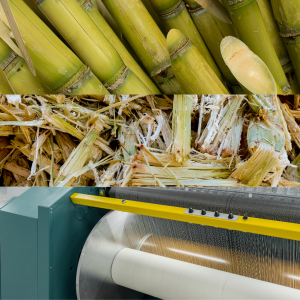
India generates over 500 million tons of agricultural and agro-industrial residues annually, according to official data. Across the country, agricultural waste is primarily managed through burning, which causes unintended environmental damage. However, there are companies that produce fibers, yarns, and fabrics from agricultural and food residues, offering a sustainable alternative.
Similarly, most aspects of conventional textile manufacturing have a severe environmental impact. For example, polyester is plastic. Consumers and manufacturers alike are looking for better materials, but choosing between environmental and economic concerns is often a trade-off. This is where agro-waste fabrics come into play. When crop waste becomes feedstock for textile manufacturing, both sectors become more planet-friendly. Agricultural waste, including residues from wheat, rice, sugarcane, and soybeans, has the potential to become the feedstocks of the future for the textile industry, though more research is needed.
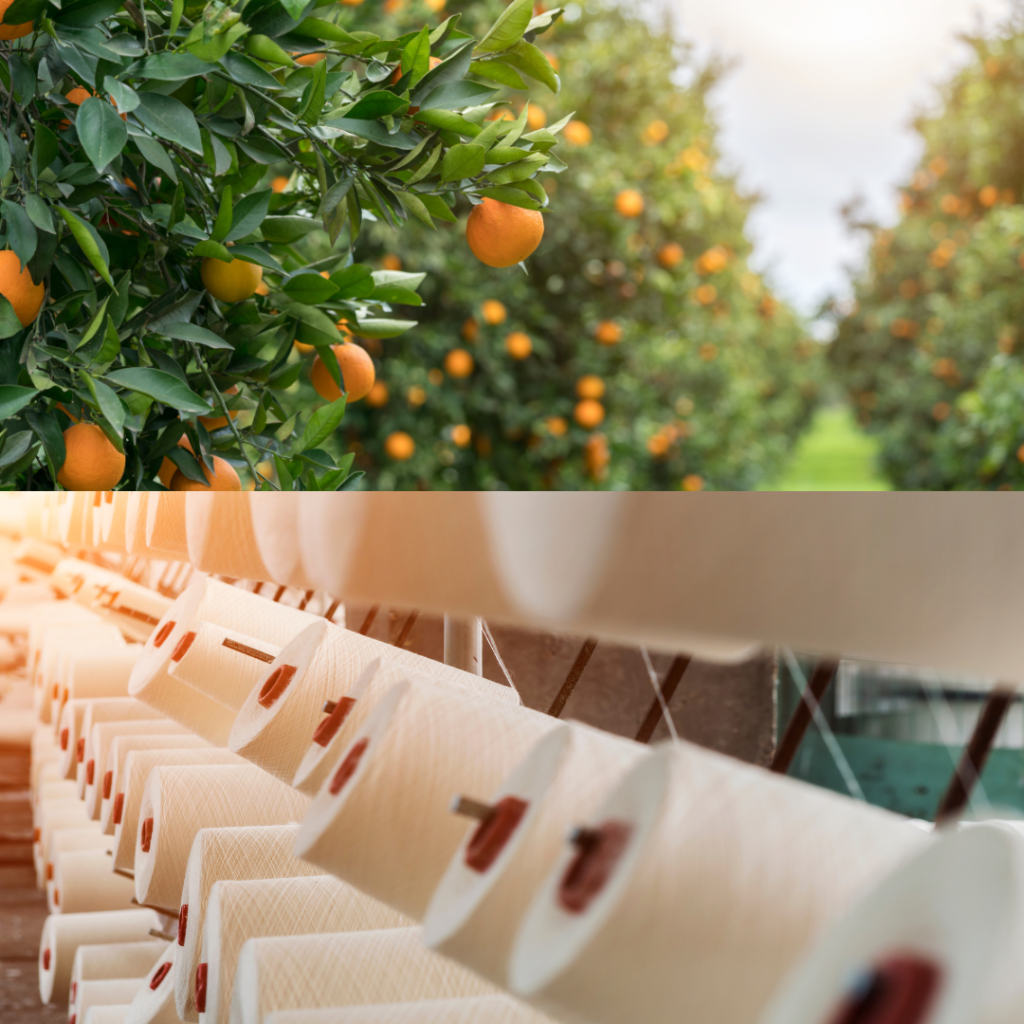
Challenges and opportunities in fiber production
Fibers come from natural and fossil resources and are a crucial commodity widely used in the textile industry. Considering current supply and future demand, repurposing agricultural residues into fibers is an eco-friendly, attractive option that could mitigate environmental pollution. Various alternative secondary sources for fiber production, such as banana plant residual biomass—a common agricultural waste in many developing countries—are being explored.
Different processing methods, such as chemical, mechanical, and biological methods, are being compared for repurposing agricultural residual biomass into fibers. The development and analysis of an integrated biorefinery approach is necessary to promote fiber production from various agro-residual biomasses within the framework of circular bioeconomy concepts.
Circular bioeconomy and a sustainable future
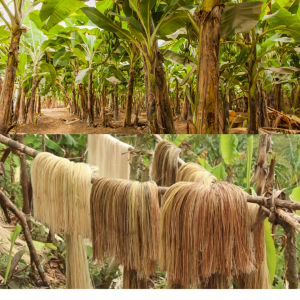
Globally, approximately 140 gigatons of biomass are discarded as waste each year, contributing to significant environmental burdens, including greenhouse gas emissions and soil-water quality deterioration. This also includes forest biomass, with 60% going to energy generation and the remainder as waste biomass. Under the concepts of biorefining and circular bioeconomy, bioenergy and biofuel production using residual biomass is well-established. However, the potential of recycling options for producing natural fibers has often been overlooked due to the techno-economics of process production.
Fibers are long, continuous short or long filament polymers grouped into categories such as cellulose (e.g., plant-based biomass), protein (e.g., animal wool or silk), mineral (e.g., asbestos), and synthetic or man-made (e.g., polyester, fossil-derived nylon) fibers. It is projected that about 134.5 million tons of fibers per year will be required by 2025 (~30% natural and 70% synthetic), with more than 70% of fibers going towards textile production. Asia contributes 95% of global fiber production, with a significant portion coming from China.
Considering the anticipated demands for fibers, converting potential agricultural biomass into fibers can reduce pressure on synthetic polymer production using fossil resources. This can be achieved by developing integrated biorefinery and bio-processing approaches that produce multiple bio-products. Recycling plant biomass to produce fibers, within the circular bioeconomy framework, allows for fibers to be repurposed multiple times, reducing carbon and energy footprints.


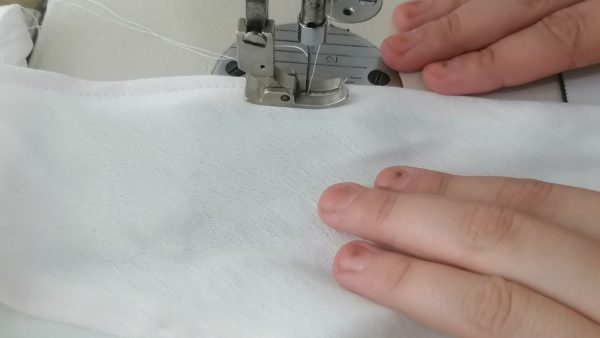

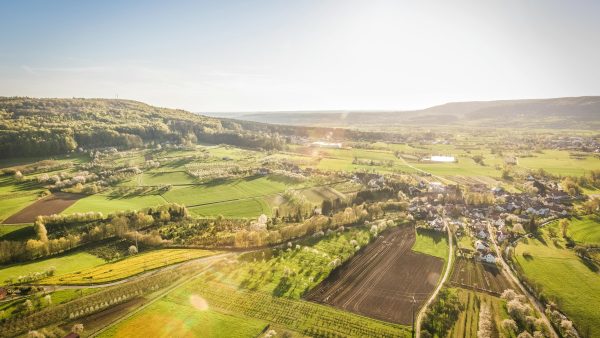


Leave a comment